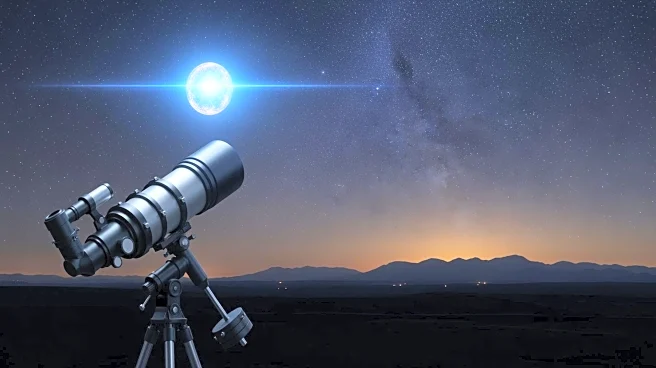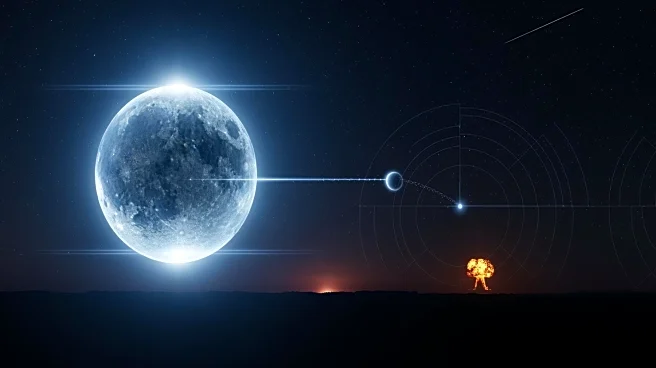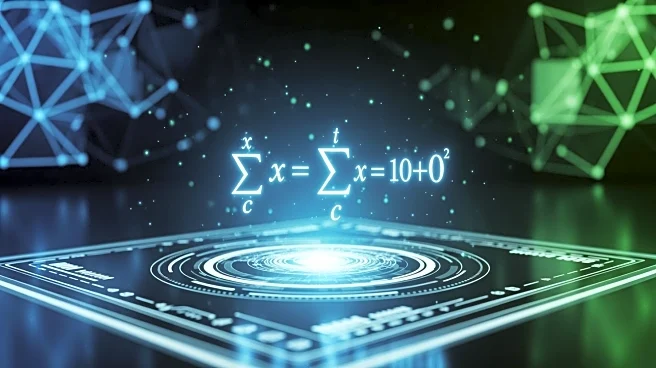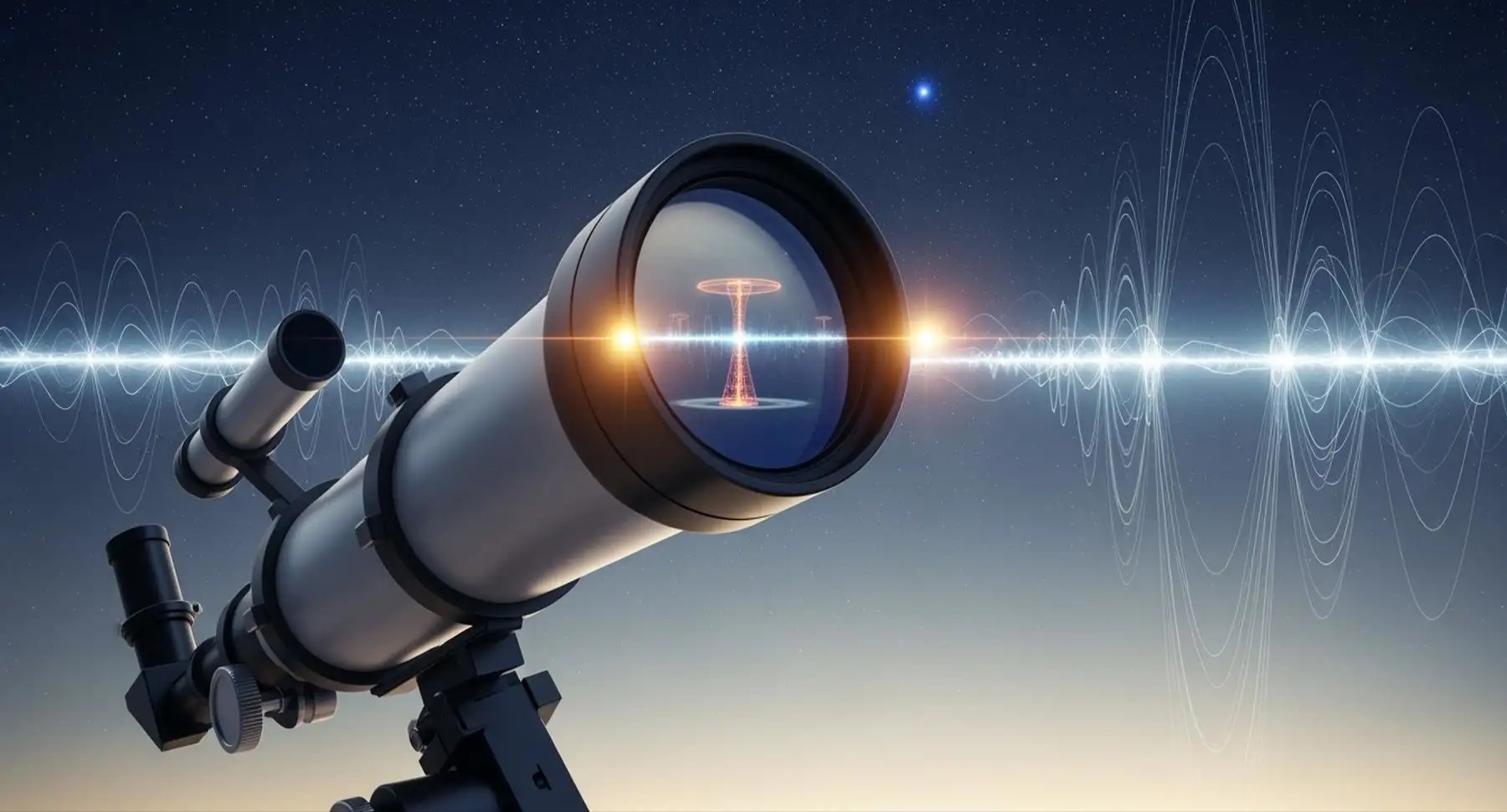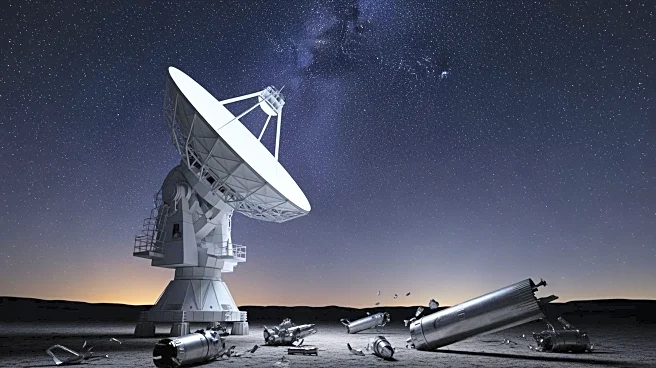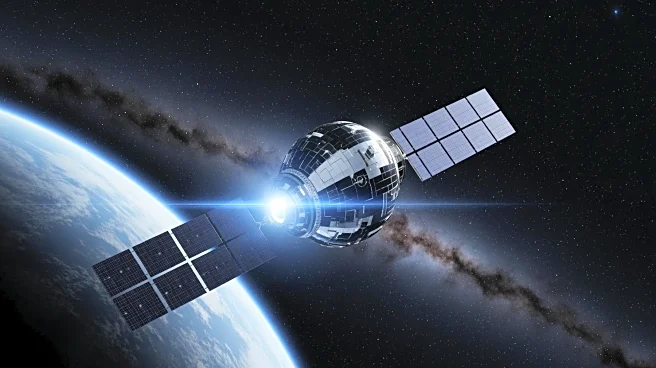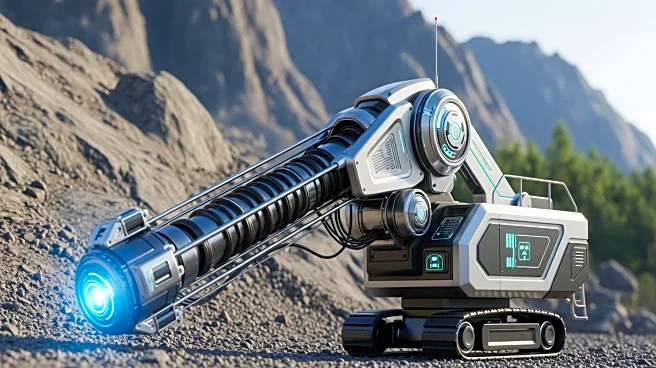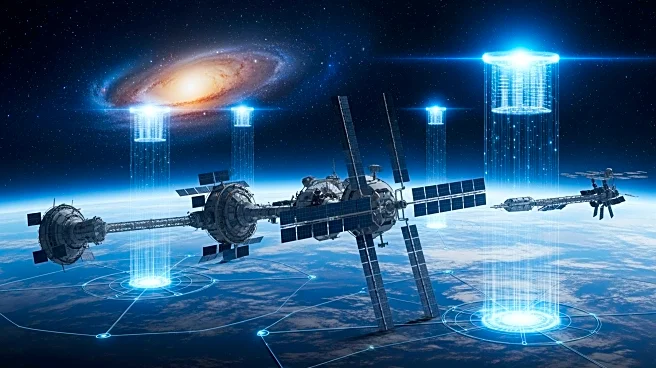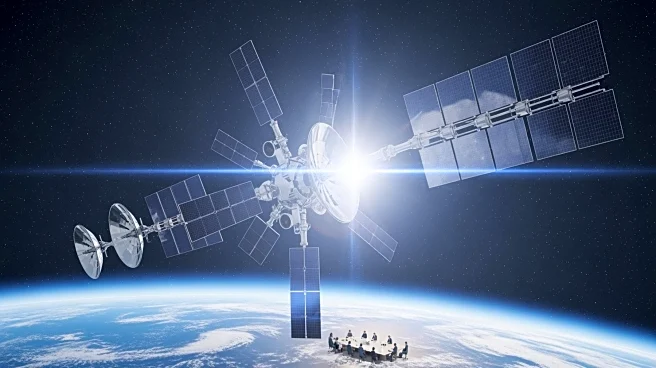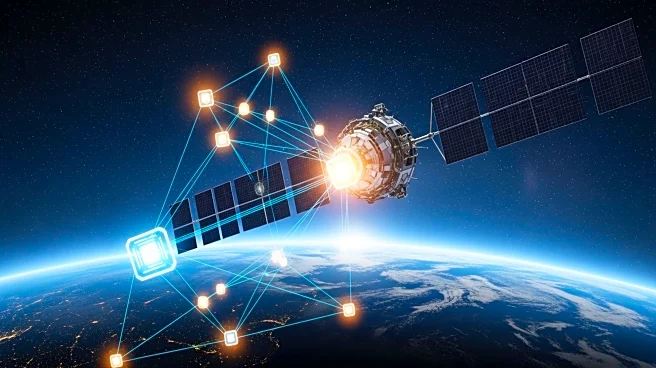What's Happening?
A recent study has explored potential connections between short-lived star-like transients observed in the Palomar Observatory Sky Survey (POSS-I) images from 1949 to 1957 and nuclear weapons testing, as well as unidentified anomalous phenomena (UAP)
sightings. The research identified a statistically significant association between nuclear testing and increased UAP sightings, with more reports occurring within a day of nuclear tests. The study also found that transients were 45% more likely to be observed on dates within nuclear test windows. These findings suggest a possible link between nuclear activities and the occurrence of transients, although the exact nature of these transients remains unknown.
Why It's Important?
The study's findings could have significant implications for understanding the nature of UAPs and their potential connections to nuclear activities. If transients are indeed linked to nuclear testing, this could suggest that nuclear detonations or fallout might trigger atmospheric phenomena that are perceived as UAPs. This research adds empirical data to the ongoing debate about UAPs, which has traditionally relied on anecdotal evidence. The potential association between nuclear activities and UAP sightings could influence future policy discussions on nuclear testing and its broader environmental and societal impacts.
What's Next?
Further research is needed to explore the nature of these transients and their potential connections to nuclear activities. The study suggests that more sophisticated validation methods, possibly involving artificial intelligence, could help reduce misidentifications and improve the accuracy of transient data. Additionally, the study's findings may prompt further investigations into the environmental and atmospheric effects of nuclear testing, as well as their potential to influence UAP sightings. The scientific community may also explore the possibility of transients being artificial objects in high-altitude orbits.
Beyond the Headlines
The study raises questions about the potential for nuclear activities to influence atmospheric conditions in ways that are not yet fully understood. The association between transients and UAP sightings could reflect broader environmental impacts of nuclear testing that have not been previously considered. This research also highlights the importance of applying systematic scientific methods to the study of UAP-related data, moving beyond anecdotal reports to provide a more empirical basis for understanding these phenomena.
